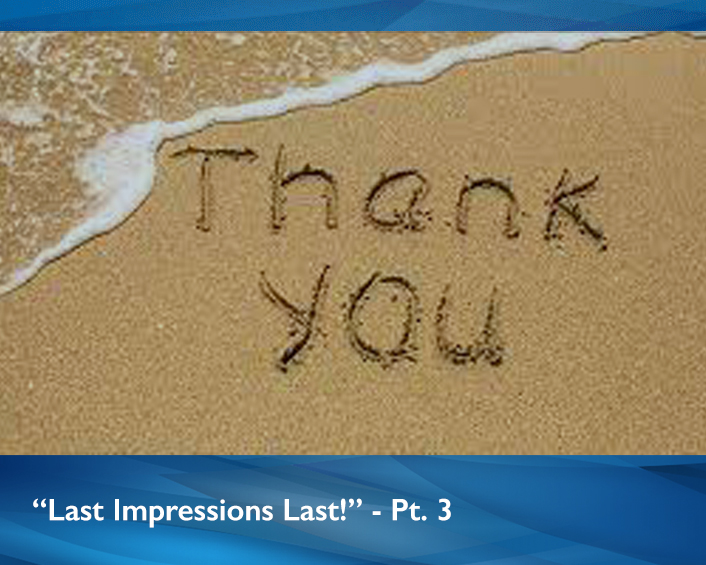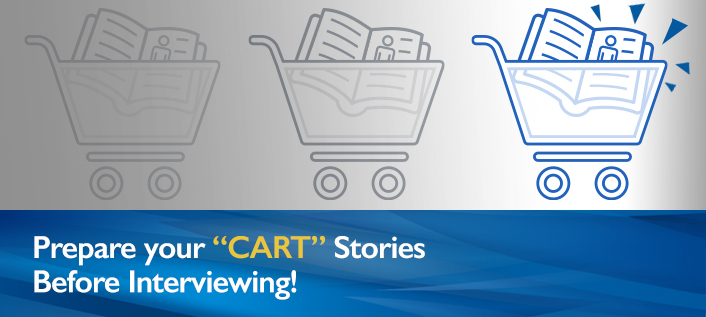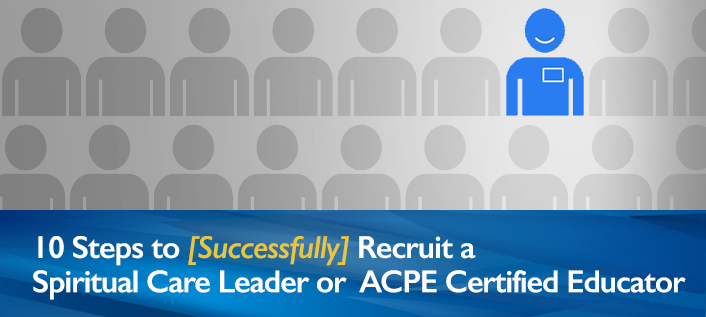
After the Interview, Are You Thoughtful?
(Part 3 of 3)
Expressing Thankfulness – Benefits and Examples
Dear Readers, in Tip 8, you read about using a closing statement to end the interview with strength and confidence. In Part 3 of this series, we explain why you should follow-up and send a Thank You email.
- 57% of interviewed candidates won’t send a note of thanks
- 91% of employers like to be thanked in a follow-up email…it makes them feel appreciated
- 68% of hiring managers report that thank you emails influence their hiring decisions
Ways to Use a Thank You Email
- Remind the interviewers of your related skills, accomplishments, and attributes
- Hyper-link your LinkedIn profile, on-line portfolio, etc.
- Expand on or mention something that you wish you had said during the interview
When to Send the Email
Time your Thank You email to reach the interviewer(s) while the interview is still top of mind and before the hiring decision is made. If the hiring manager indicated that a decision was imminent, be sure to send the email within 24 hours. Sooner is better than later.
Example Subject Lines for the Email
- Follow-up regarding ______________ (position title)
- Thank you for your time, ___________ (interviewer’s name)
- Great talking with you today!
What to Include in a Thank You Email
- If you’ve become that familiar with one another, it is acceptable to open using the interviewer’s first name
- If things with the interviewer are more formal, open using their titles (e.g. Ms., Mr., Mx.) and last names
- If the interview involved multiple people and it is at all possible, send a separate email to each of them
- Express your gratitude and reinforce your continued interest in the position
- Refer to the organization’s (or department’s) objectives and suggest ways your background and skills will help them succeed
- Offer to provide the hiring manager with additional information
- Confirm next steps for a final decision to be made (or when)
- Include your contact information (email, phone, and LinkedIn profile, if you have one)
Thank You Email Example
Please note, any examples we provide are intended to give you ideas for formatting your own Thank You email, and to show what kind of information should be included. You will want to tailor your email(s) to your circumstances.


